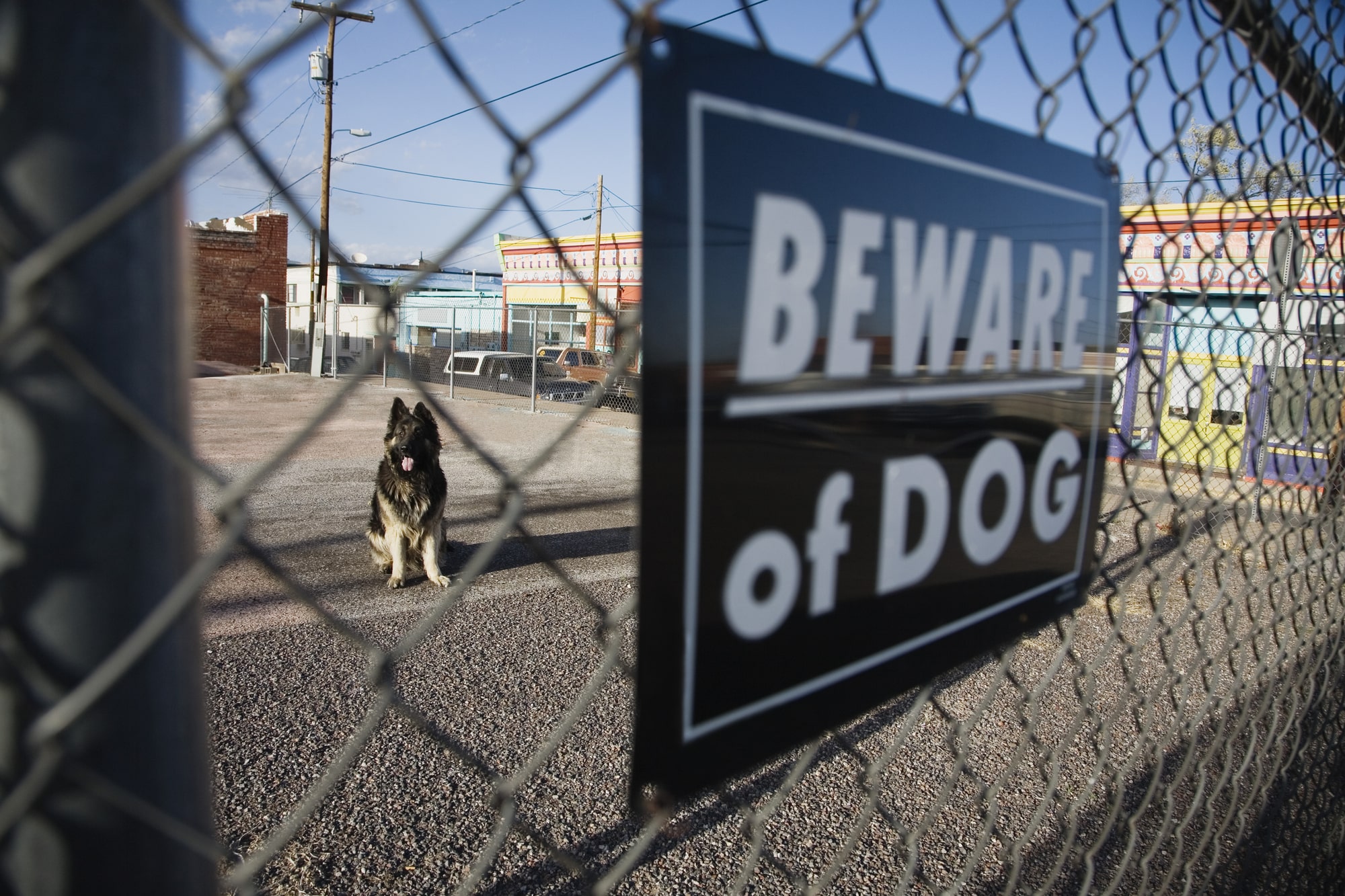Man’s best friend, the dog, has been a companion to humans for centuries. However, even the most well-behaved dogs can occasionally exhibit aggressive behavior, leading to dog bite injuries. These injuries can range from minor scratches to severe wounds, and understanding their causes, prevention measures, and proper treatment is essential for the safety and well-being of both humans and dogs. If you or a loved one have been injured in a dog bite accident, contact a dog bite accident lawyer as soon as possible.
Causes Of Dog Bite Injuries
Dog bite injuries can occur for various reasons, and understanding the underlying causes can help prevent such incidents. Here are some common causes:
- Fear and Anxiety: Dogs may bite when they feel threatened or scared. This can happen if a dog is cornered, startled, or approached aggressively by a person or another animal.
- Protective Instincts: Dogs are known for their protective instincts, and they may bite if they perceive a threat to their owners, territory, or possessions.
- Pain or Illness: A dog in pain or suffering from an illness may become irritable and react aggressively when touched or approached.
- Lack of Socialization: Dogs that have not been properly socialized as puppies may exhibit fear or aggression towards unfamiliar people or animals.
- Provocation: Sometimes, unintentional provocation, such as teasing, poking, or bothering a dog while eating or resting, can lead to a bite.
- Predatory Behavior: Some dogs may exhibit predatory behavior when they see small animals or moving objects, which can result in a bite if a person is mistaken for prey.
Prevention Measures
Preventing dog bite injuries is crucial for the safety of both humans and dogs. Here are some preventive measures to consider:
- Responsible Ownership: Ensure that your dog is properly trained, socialized, and well-behaved. Supervise interactions between your dog and others, especially children.
- Training and Socialization: Start training and socializing your dog from a young age. Expose them to various situations, people, and other animals to reduce fear and aggression.
- Proper Rest and Space: Allow your dog to rest and eat without disturbances, and provide a secure, comfortable space for them.
- Educate Children: Teach children how to interact with dogs safely. Emphasize the importance of not teasing, bothering, or approaching unfamiliar dogs without permission.
- Recognize Warning Signs: Learn to recognize signs of stress or aggression in dogs, such as growling, barking, snarling, or body language indicating discomfort.
- Use Leashes and Fences: When in public, always keep your dog on a leash, and secure your yard with a fence to prevent accidental encounters with strangers.
- Avoid Unsupervised Play: Do not leave children and dogs unsupervised, as even the most gentle dogs can react unexpectedly in certain situations.
Treatment Of Dog Bite Injuries
In the unfortunate event of a dog bite injury, immediate and appropriate treatment is essential to prevent infection and minimize scarring. Here are the steps to take if you or someone you know is bitten by a dog:
- Clean the Wound: Wash the wound gently with soap and warm water. Allow water to flow over it for several minutes to help remove bacteria.
- Control Bleeding: If the wound is bleeding, apply gentle pressure with a clean cloth or bandage to stop it.
- Apply Antibiotic Ointment: After cleaning, apply an antibiotic ointment to the wound to help prevent infection.
- Dress the Wound: Cover the wound with a sterile bandage or clean cloth and secure it with tape or a bandage.
- Seek Medical Attention: Even if the wound appears minor, consult a healthcare professional, as dog bites can lead to infections or complications.
- Report the Incident: If you are bitten by a dog, report the incident to local animal control or law enforcement. This is crucial for tracking and addressing potential public safety concerns.
Dog bite injuries can have serious consequences, but with responsible ownership, proper training, and awareness, these incidents can be significantly reduced. According to Cashio Injury Attorneys, LLC, understanding the causes of dog bites, implementing preventive measures, and knowing how to respond if a bite occurs is essential for the safety and well-being of both humans and their canine companions. Remember, a well-trained and socialized dog is less likely to pose a threat to others, making responsible dog ownership a shared responsibility in our communities.


